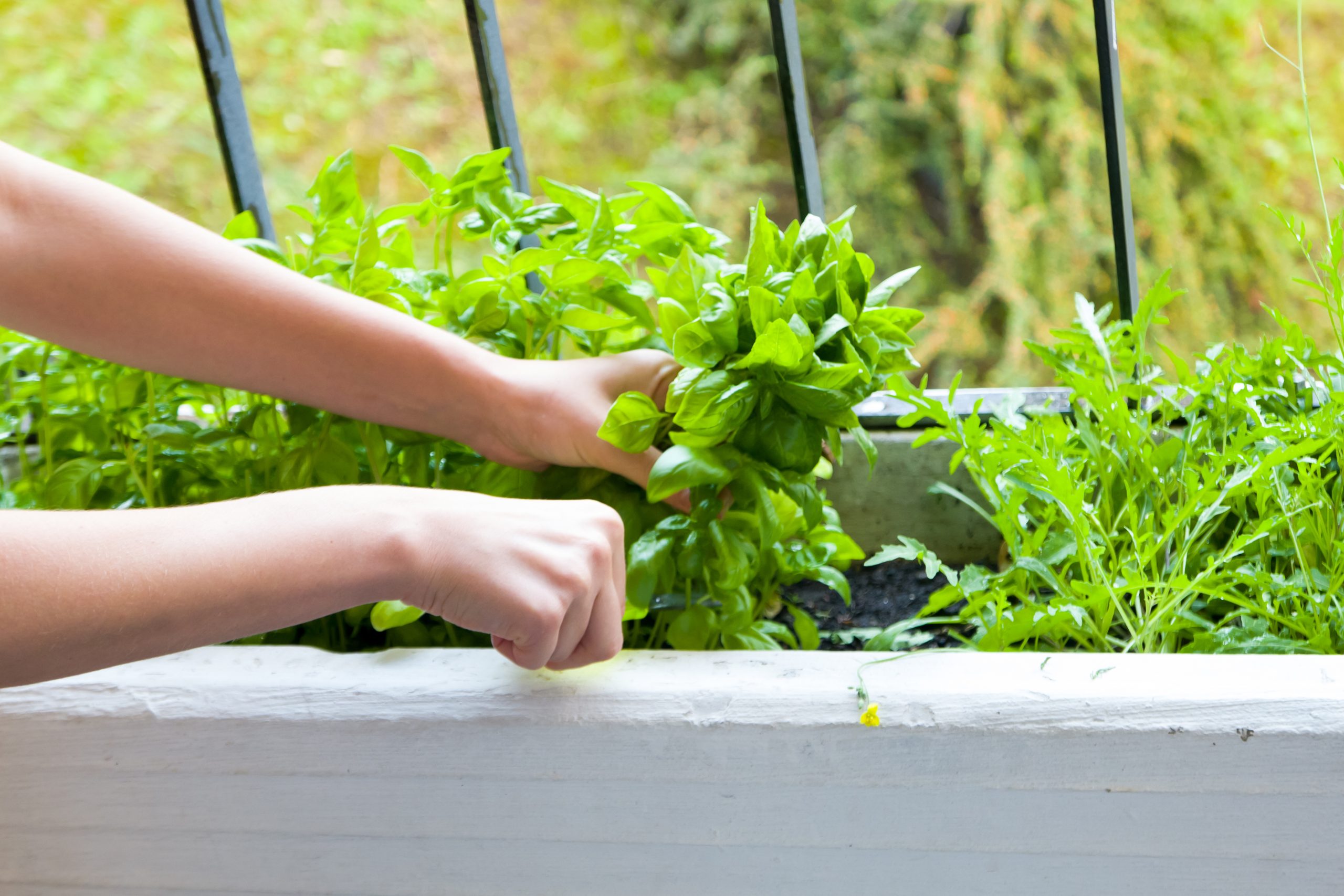How to Create Your Own Medicinal Herb Garden
Have you ever considered having your own garden filled with plants that can naturally address common ailments and promote well-being? In the medieval times, every garden had a dedicated space known as the “herbularius” or simple herb garden. This area was cultivated with medicinal and aromatic plants, serving as a family’s personal pharmacy sourced directly from nature. In today’s world, as the trend of turning to natural remedies resurfaces, creating a medicinal herb garden is not only practical but also empowering. Let’s explore how you can organize, select, and utilize medicinal herbs to craft your own healing oasis.
Step 1: Organize Your Medicinal Herb Garden
Whether you’re working with a small space or a larger area, organizing your medicinal herb garden is an exciting endeavor.
Planting Your Medicinal Herbs
If you already have a raised bed vegetable garden, consider dedicating one of those squares to medicinal herbs. Alternatively, create one or more new squares where you can intermingle medicinal herbs with other aromatic plants. You could start small with just one square and expand over time, envisioning a layout reminiscent of medieval times with distinct squares separated by crosswalks.
Optimal Sunlight
Medicinal herbs thrive in full sun, so select a sunny location for your herb squares. If you have multiple squares, group together plants that require less watering, such as thyme, rosemary, lavender, oregano, marjoram, and sage.
Enhance Aesthetics
Consider adding a border around your herb squares for both aesthetic and practical purposes. A border of boxwood or santoline (a fast-growing alternative) adds charm, or you can embrace the medieval theme by creating raised squares surrounded by wattle. Additionally, incorporate decorative medicinal plants like sage, mullein, and rudbeckia to add both functionality and beauty to your garden.
Chemical-Free Zone
Keep your herb garden free from chemical treatments as they can compromise the medicinal properties of the plants.
Step 2: Select Medicinal Herbs for Your Garden
Your selection of medicinal herbs can make all the difference in the effectiveness of your healing garden. Here’s a list of 15 versatile herbs that can address common ailments:
Mullein: Soothes cough, bronchitis, and asthma.
Roman Chamomile: Eases digestive troubles and nausea (internally), and can be used for skin irritations and eye discomfort (externally).
German Chamomile: Aids digestion, infant colic, anxiety, sleep issues, and more (internally), while also benefiting skin conditions (externally).
Feverfew: Alleviates migraines, headaches, and painful menstruation.
Fennel: Relieves digestive problems, intestinal cramps, and infant colic.
Marshmallow: Eases respiratory issues and sore throat.
Lavender: Calms anxiety and aids sleep.
Lemon Balm: Addresses anxiety, sleep disorders, fever, and acts as an antiviral remedy.
Peppermint: Soothes digestive issues, respiratory problems, pain, and headaches.

Plantain: Treats sore throat (as gargles) and external issues like wounds, itching, and insect bites.
Rosemary: Aids digestion, eases coughs, manages stress, and fights fatigue.
Purple Coneflower: Boosts the immune system, prevents and treats viral and bacterial infections.
Sage: Aids digestion, relieves cold symptoms, treats canker sores, and supports menopause.
Marigold: Combats cold and fever (internally), and addresses mouth and skin inflammations (externally).
Thyme: Helps with respiratory issues, coughs, digestive problems (internally), and acne (steam baths).
Step 3: Utilize Your Medicinal Herbs
When it comes to using medicinal herbs, you have multiple options.
Fresh or Dried: Herbs can be used either fresh or dried. The specific parts used depend on the plant and include leaves, flowers, seeds, or roots.
Internal and External Use: Herbal teas are a popular choice for internal consumption, but various preparations can be used externally too.
Caution and Research: Keep in mind that the usage of each herb is unique and not trivial. For example, sage is not recommended for children, pregnant or nursing women.
Creating your medicinal herb garden isn’t just about nurturing plants; it’s about cultivating your well-being naturally. With careful planning and consideration, you can craft a healing oasis that’s not only practical but also beautiful, where the power of nature’s remedies is right at your fingertips.





